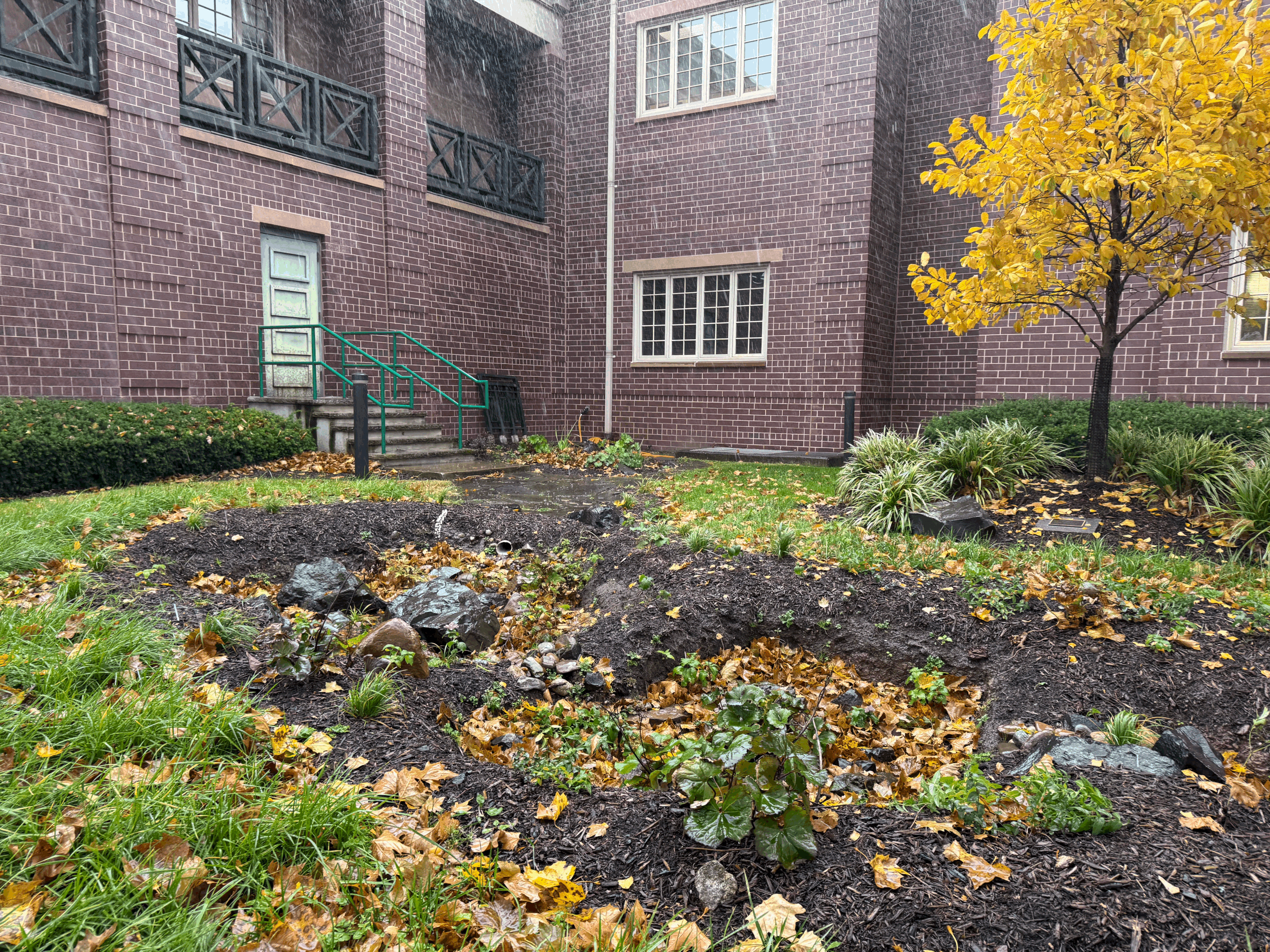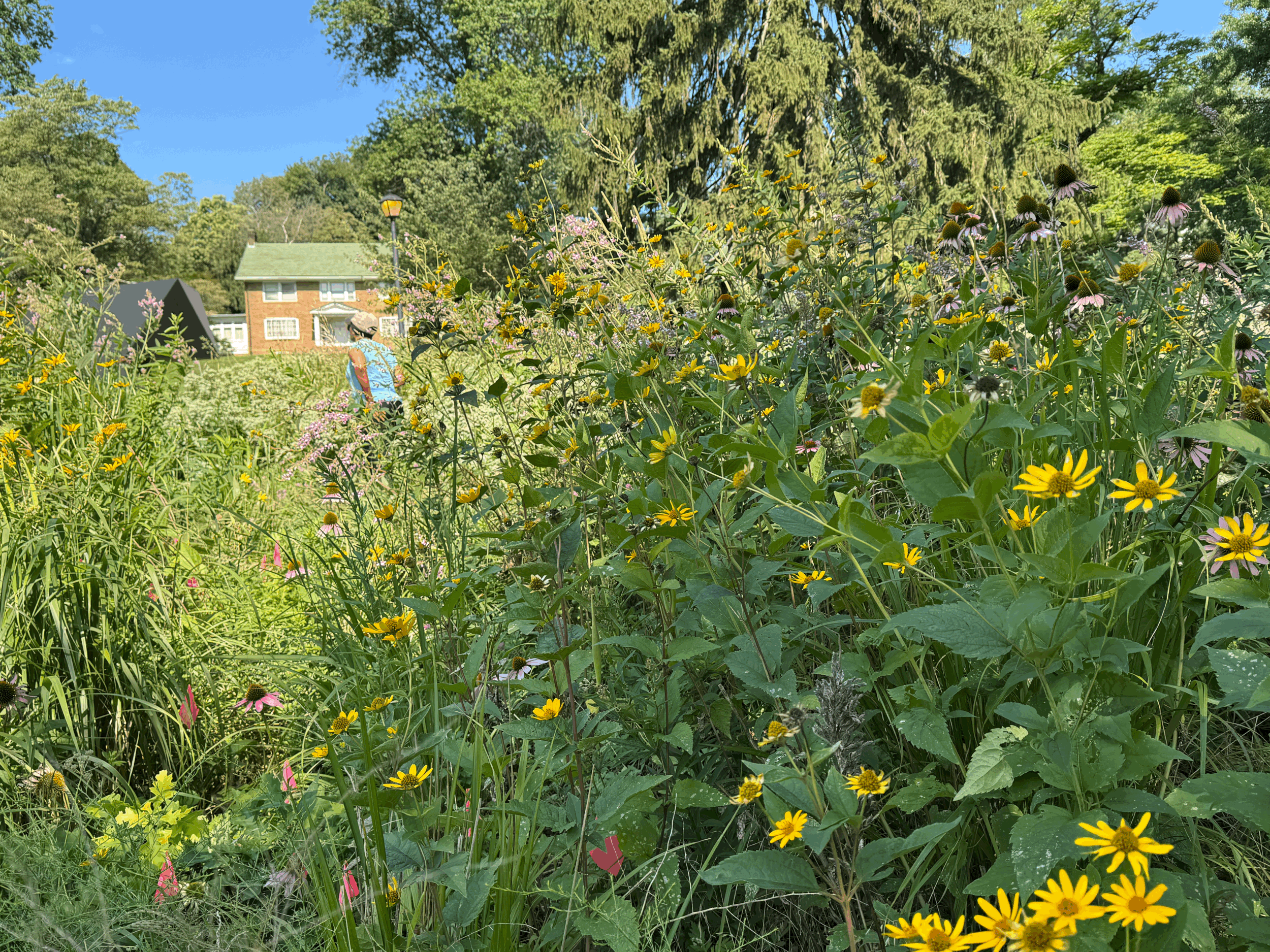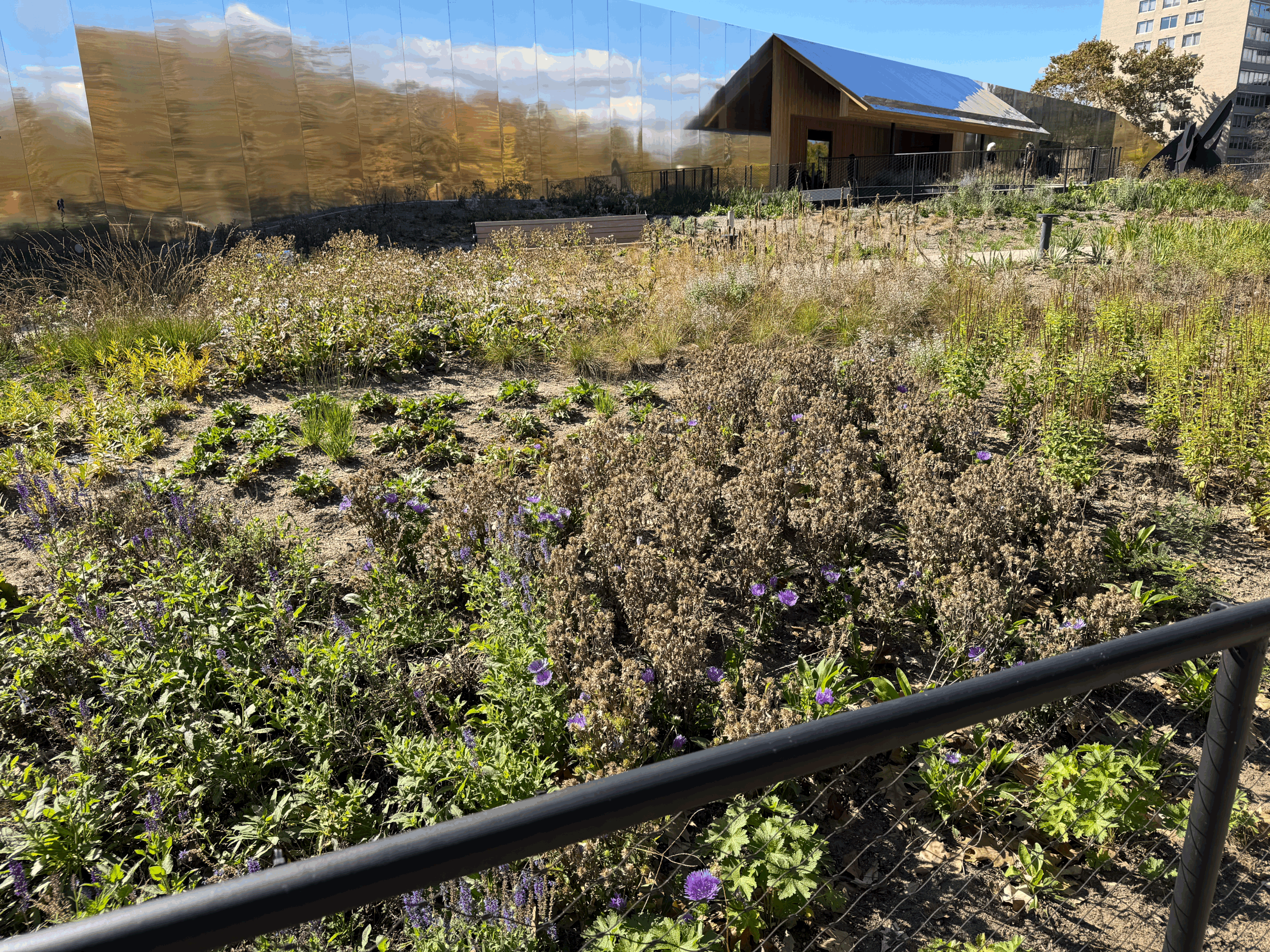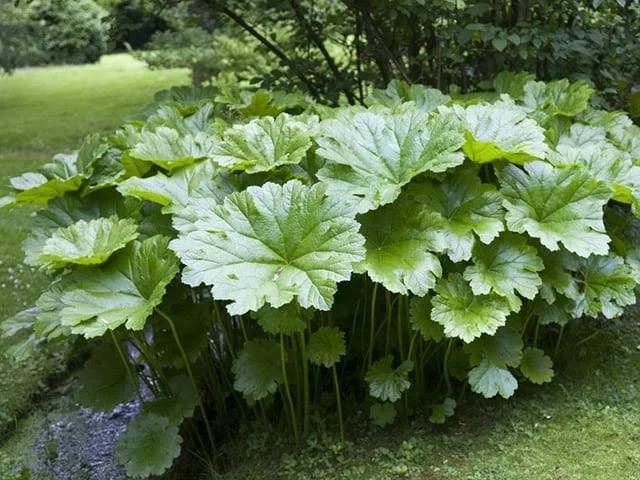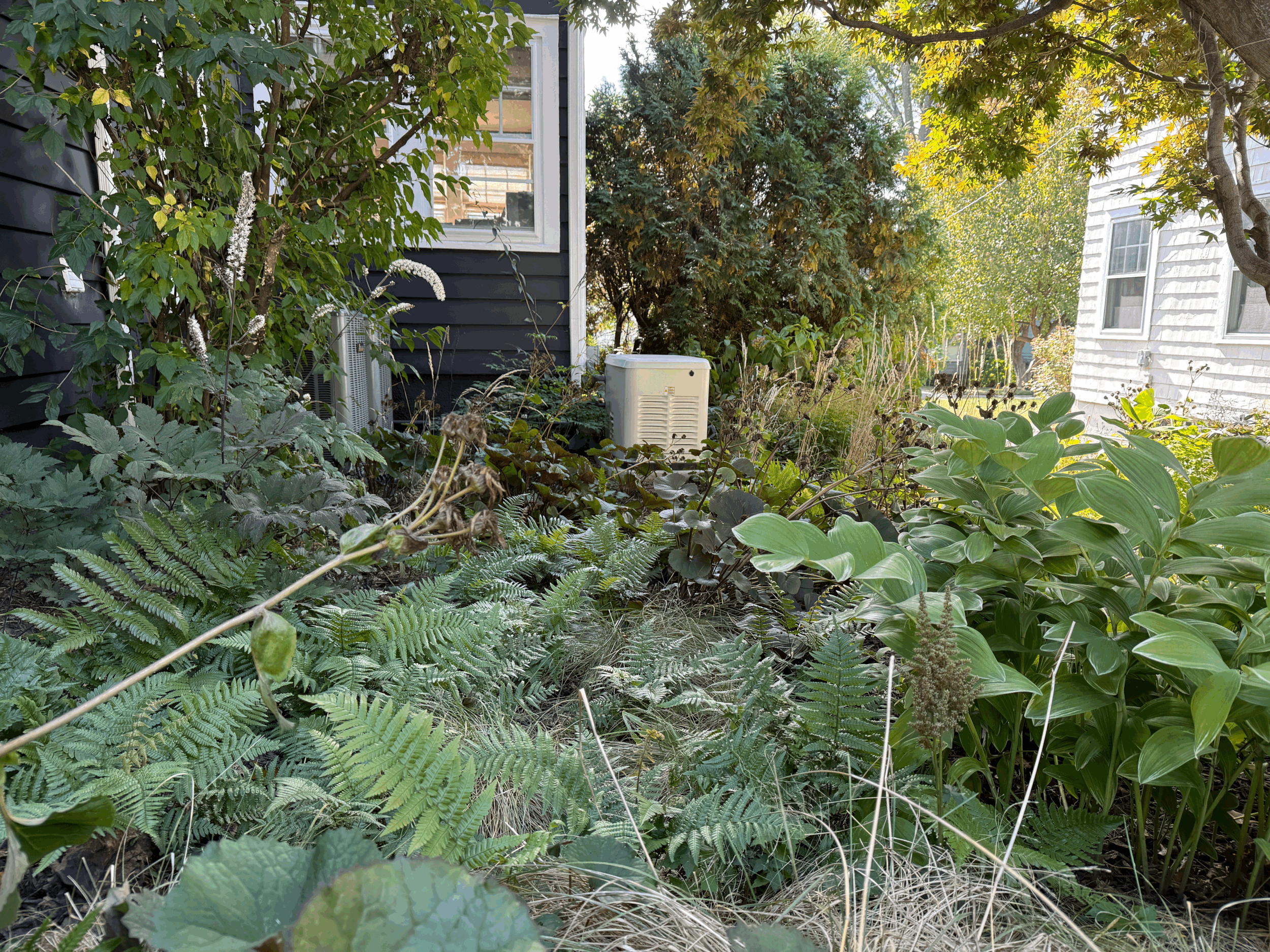
Tips & News
The Yardblog
A resource for helpful tips and sustainable ideas.
About the yardblog
The goal is to make this blog a resource for helpful tips and sustainable ideas. We create original content that shows projects in progress and the behind-the-scenes of installation.
Select Category
- Calder Gardens 1
- Construction Pricing 2
- Design + Build 1
- Dutch Wave 3
- Featured Projects 13
- Forecasting 1
- Garden Design 1
- Gardening Tips 4
- Green Infrastructure 5
- Invasive Species 1
- Native Plants 35
- Nativeish Plants 4
- New Perennial Movement 3
- Pennsylvania 1
- Perennials 4
- Piet Oudolf 1
- Plant Identificaiton 1
- Plant Identification 7
- Plantings of The Season 19
- Project Costs 2
- Rain Gardens 6
- Rain Park 3
- South Orange 1
- Summit 1
- Sustainability 8
- Tips & Tricks 8
- gardening tips 4
- nativeish plants 7
- perennials 4
What is Rain Park?
Rain parks are a new way to design & install green infrastructure. They use as many best practices as possible to create habitat and manage stormwater within a single site. This way the benefits multiple and enhance each other. Rain parks transform green infrastructure from a purely functional apparatus into a community amenity.
Plant ID: Physostegia virginiana
Physostegia virginiana is a great plant for adding late summer color to your garden
Plant ID: Silphium terebinthinaceum
Silphium terebinthinaceum is the best kept secret in gardening and everybody needs to know about it.
Mugwort: Don’t Let It Stick around
Mugwort is an incredibly invasive species and it can’t be ignored.
How to Bring a renovation to life
New Pennsylvania project is about to start construction. Design and build is a great way to do a renovation.
WITCH HAZEL (Hamamelis virginiana)
Witch-hazel (Hamamelis virginiana), native to the eastern United States, is a stunning deciduous shrub that blooms in late fall to early winter with bright yellow, spidery flowers. This easy-to-grow plant is a perfect choice for eco-conscious gardeners who are seeking year-round interest.
Is 2025 the Right Time for Your Project?
The cost of materials and labor for construction projects is dramatically changing - and make 2025 look good to start a home improvement project.
Gip-c Program: Our First Project
the first project in the GIP-C program is in South Orange, NJ and it’s called the Rain Park.
LESS DRIVEWAY IS MORE
Before asphalt, driveways were made of stone, oyster shells, or dirt. Yet, at some point, we replaced those natural, sustainable materials with blacktop, one of the most harmful substances, and placed it right next to our homes. Now it’s time to rethink this choice and replace blacktop with something more sustainable that will benefit both us and the environment.
Planting the Dutch Wave
The way to get the Dutch Wave effect is to use more plants in a way that gets the plants to look natural. easier said than done.
Three Principles for the Dutch Wave
The Dutch Wave has 3 major parts to it: use only perennials, use lots and lots of them and do it in a way that feels like nature.
Gip-c Program Launches
The GIP-C Program wants to help rehabilitate, improve and beautify existing green infrastructure throughout Essex, Union and Morris County. We partner with organizations and municipalities to offer regular maintenance for targeted rain gardens that creates obvious benefits.


